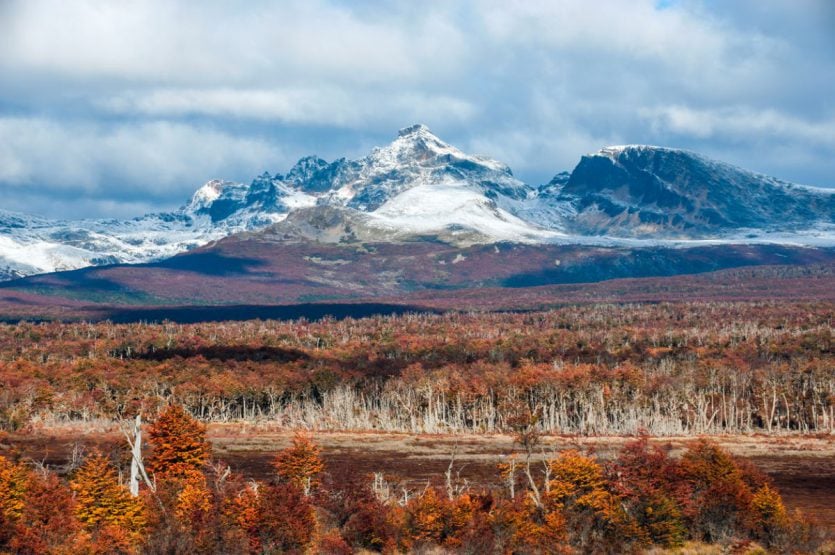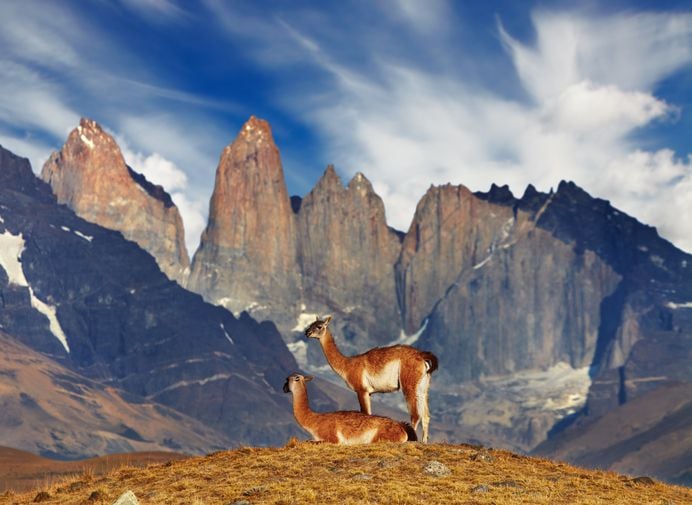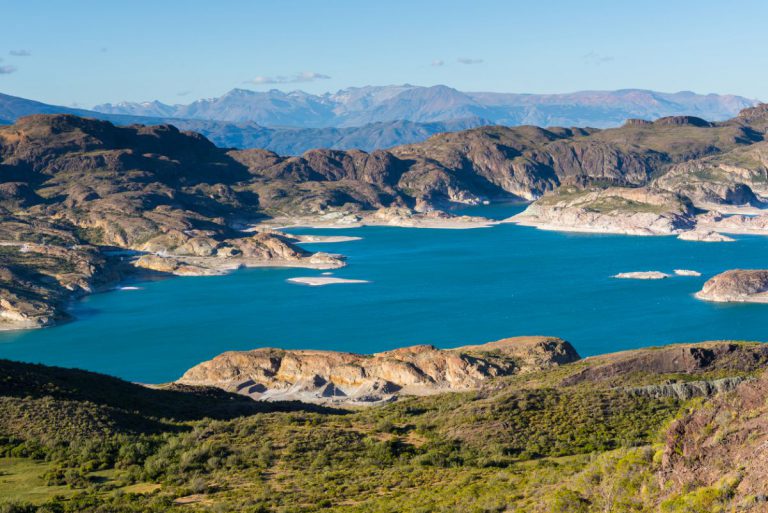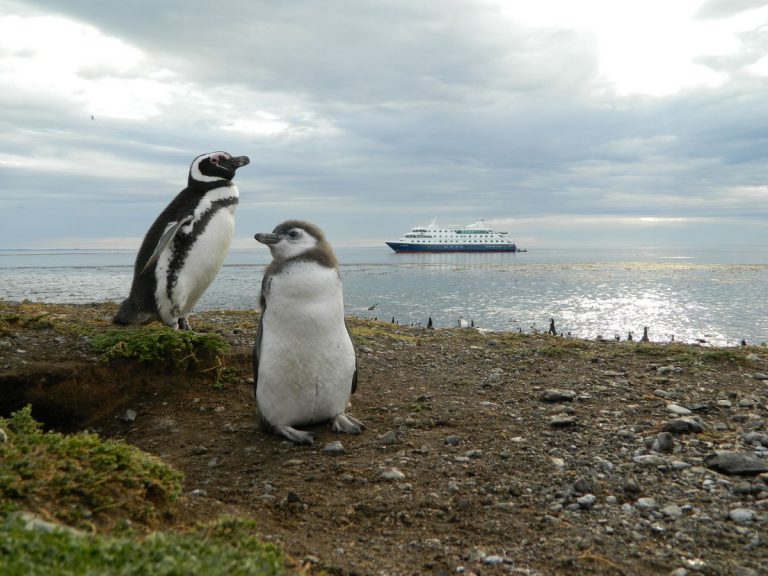Monte Darwin, standing at an elevation of 4,216 meters, is one of the highest peaks in the Cordillera. This towering landmark offers a unique mix of challenging terrain, dramatic landscapes, and a sense of untouched wilderness. For those looking to escape the well-trodden paths, Mount Darwin provides an exceptional opportunity to explore one of the most remote and pristine regions of South America.
A Historical Connection
Mount Darwin is named after Charles Darwin, who explored the nearby Beagle Channel during his voyage on the HMS Beagle. Despite this historical connection, the mountain remains largely untouched by modern development. Its wild and natural beauty is much like the landscape Darwin himself would have seen. The peak is often shrouded in snow and mist, rising majestically above the Darwin Range. From the summit, visitors are treated to breathtaking views of glaciers, fjords, and the Beagle Channel.
Mount Darwin: A Geological Wonder
Mount Darwin is part of the Evolution Region, an area famous for its stunning granite formations. These formations have been shaped by glaciers over millions of years. The mountain’s proximity to the Darwin Icefield adds another layer of adventure, as trekkers often encounter glaciers flowing down its slopes. Navigating these glaciers is both challenging and rewarding.

Tips for Adventurers and Nature Enthusiasts
Extreme Weather Conditions
The area around Mount Darwin is known for its harsh weather, with frequent rain, snow, and strong winds. This makes trekking here a challenge, even for experienced adventurers. Unlike other tourist destinations, there are no marked trails, tourist facilities, or easy access routes. Most visitors reach the area by boat, navigating through the fjords of Tierra del Fuego. Ushuaia, the southernmost city in the world, is a common starting point.
Self-Sufficiency and Safety
Due to the lack of infrastructure, trekkers must be fully self-sufficient. Carrying all necessary supplies, including food, shelter, and safety equipment, is essential. Safety is crucial when tackling Mount Darwin. Given the extreme weather and remote location, traveling with a guide or joining an organized expedition is highly recommended. Guides familiar with the area can help navigate the rugged terrain and deal with unpredictable weather.
Flora and Fauna
Nature lovers will find Mount Darwin teeming with wildlife. The region is home to species such as Andean condors, Magellanic woodpeckers, and the elusive guanaco. In the surrounding waters, visitors can spot sea lions, penguins, and even dolphins. Observing these animals in their natural, undisturbed habitat is one of the highlights of visiting this remote area.
Best Time to Visit Mount Darwin
The best time to visit Mount Darwin is during the Austral summer, from December to February. During these months, daylight hours are long, and temperatures are milder. However, visitors should still be prepared for unpredictable Patagonian weather, including the possibility of snow. Proper gear, including waterproof clothing, sturdy boots, and a high-quality tent, is essential for comfort and safety.
Acclimatization and Altitude Sickness
Due to Mount Darwin’s high elevation, proper acclimatization is crucial. Many climbers spend a night or two at nearby Evolution Lake before attempting the summit. This allows the body to adjust to the altitude and reduces the risk of acute mountain sickness.
Photography Opportunities
Photography enthusiasts will find Mount Darwin a paradise. The peak offers stunning views of the Evolution Basin, with nearby lakes and mountains providing endless opportunities for breathtaking shots. Sunrise and sunset are magical, with golden light casting warm hues over the granite landscape.
Interesting Fact
On a clear day, the view from the summit of Mount Darwin extends over 100 miles, including a glimpse of Mount Whitney, the highest peak in the contiguous United States.
Leave No Trace
When visiting Mount Darwin, it’s important to follow Leave No Trace principles. This includes packing out all trash, respecting wildlife, and minimizing campfire impacts. The fragile alpine ecosystem is sensitive to human disturbances and takes years to recover.
Conclusion
Mount Darwin is not for the faint of heart. It requires respect, preparation, and a spirit of adventure. But for those willing to embrace the challenges, it offers an unforgettable experience in one of the world’s most remote and breathtaking landscapes.
No comments yet
There are no comments on this post yet.




Leave a comment